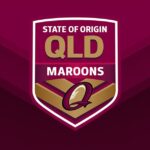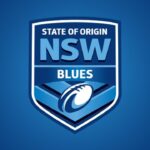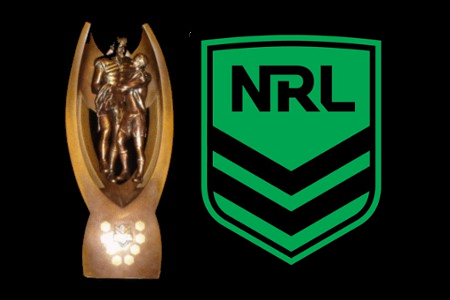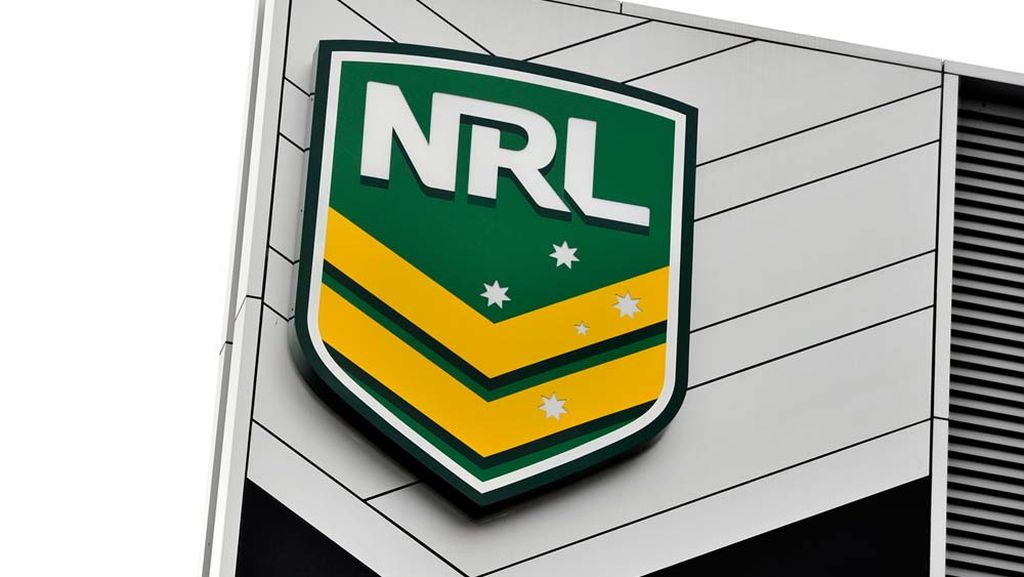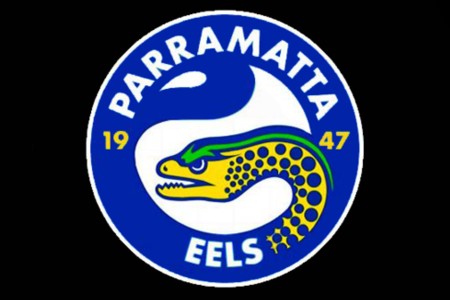While the legacy of the great Dally “The Master” Messenger has endured the tests of time, and rightfully so, there was another great pioneering centre who many argue was as good as Dally.
Jim Devereux.
James Devereux was born in 1887 in the St.Leonard’s. He had 7 siblings – brothers Timothy and Michael and sisters Mary, Madge, Norah, Anne and Kathleen.
James played lower grade Rugby Union in the North Sydney competition, before eventually making his debut in their first grade side in 1906, shortly after turning 21.
The following season, Jim watched on as a rebel New South Wales outfit took on a professional New Zealand visiting side who were en-route to England to play against the rebel Northern Union sides.
The hosts lost the first game in a close battle. A number of changes to the NSW line-up were made for the second game, with Devereux getting called up to play on the wing in what would be his first representative jumper in just his second year of top grade Rugby.
The Kiwis were again too good in game two, but Devereux impressed, dubbed in the press as the “hero of the day,” to retain his place in the third match, which was another hard fought victory to New Zealand.
Three weeks later, Devereux, along with all the other men who played for New South Wales in the three games against the professional New Zealand side, were handed life bans from the Metropolitan Rugby Union.
During the summer of 1907/08, 8 MRU clubs decided to break away and form their own competition, playing Northern Union rules. One of those clubs was Devereux’s own North Sydney, who on February 7, 1908, officially became a Rugby League club, with Jimmy elected as a committee member at the inaugural meeting for the iconic club.
After a strong start to the inaugural 1908 Rugby League season, Devereux was selected at centre, alongside Dally Messenger, for New South Wales against the returning New Zealand side in 2 games before earning a place at centre alongside Messenger in Australia’s first ever Rugby League game and Test, against New Zealand. Despite the narrow loss, Jim was retained for the second test before being moved to the wing for the third.
Devereux’s form saw him earn a place in the Pioneering Kangaroo tour of 1908-09 to England, where he became the first player to score a try in Tests between Australia and Great Britain, when he crossed for the first of 3 tries in the first test played in London.
Team mate Tom McCabe described one of those tries:
He raced for the corner, finding no opening in that direction he wheeled almost at right angles, and beat man after man, and scored between the posts.
Devereux played in 2 of the 3 tests against Great Britain and a mammoth 31 games on the tour, with a total of 17 tries, more than anyone else in the squad.
Another team mate, Peter Moir, revealed in a letter to the Evening News that “Devereux (was) the champion three-quarter.”
Harry Dannatt, a director on the board (and former president) of the Hull Rugby League club managed to secure the services of Devereux and his North Sydney colleague Sid Deane for “a fair price” at the conclusion of the tour in 1909.
Devereux played in 4 games for Hull at the end of the 1908-09 season before staying on for the following season which saw him picked in the York representative team. Hull made it to the final of the 1909-10 Challenge Cup against Leeds which ended in a 7 all draw. Devereux lined up for Hull in the replay just two days later, however Leeds were too strong, running out 26-12 victors.
Jimmy played the first half of the 1910-11 season with Hull before deciding to head back to Australia, accompanying the 1910 Great Britain touring side. He again turned out for North Sydney in just two matches before returning with the British tourists to Hull.
After making a good start to the 1911-12 season, Devereux suffered a series of injuries which hampered him for the rest of the season. He again returned to Australia, this time sharing the ship with the returning 1911-12 Kangaroos, who had just completed a successful tour of Great Britain. Once in Sydney, he played the last 5 games of the year for North Sydney.
1913 saw Devereux earn selection for New South Wales for the first time in 5 years. He played in two games against the visiting New Zealand side, with the hosts winning both games. He then set sail for England yet again.
Once back in England, Jim again played for Hull, playing a starring role in their 1913-14 Challenge Cup victory over Wakefield Trinity, despite playing out of position at halfback.
Devereux scored an impressive 21 tries in just 19 games for Hull in the 1914-15 season before the outbreak of war. Devereux enlisted with the British Army in 1916, earning himself selection in an Australasian Servicemen Rugby Union team later that year. Devereux rose to the rank of Lance Corporal. At the conclusion of the war, he married Daisy Heath, a local lady whom he had known prior to enlisting.
Hull won their first ever Championship in the 1919-20 season in a hard fought 3-2 victory over the mighty Huddersfield side. Hull won back-to-back Championships when they defeat nearby rivals Hull Kingston Rovers 16-14, in a match which saw Devereux score the match winning try.
Devereux and his wife travelled to Australia in 1921, where Jim again made himself available to play for North Sydney, but was unable to break into the all-star backline of Blinkhorn, Peters, Rule and Horder, thus only appeared in 3 games in reserve grade, before retiring from the game.
Jim took on the role of coach of the back-to-back premiers North Sydney in the 1923 season. With his side sitting third and only a slight hope of reaching the final two, the club suffered a cruel setback when legendary halfback Duncan Thompson was wrongly suspended for kicking a player. Thompson was aghast at the accusation and sentence that he vowed never to return to Sydney again. Norths lost all of their remaining games.
Devereux’s team slid again in the shortened 1924 season, winning just 3 of their 8 games and finishing second last. They turned their fortunes around in 1925, running second to the dominant South Sydney outfit right up until the last round, where a loss to Western Suburbs saw them finish the season in fourth.
Jimmy retired from coaching at the end of the 1925 season and went to work on the Sydney Harbour Bridge. On December 3, 1929 he suffered horrific injuries when he was struck by a 35 ton girder that had fallen off a truck. He suffered fractures to his pelvis, left shoulder and right leg, as well as receiving severe head injuries. He miraculously survived, however he had the lower half of his right leg amputated.
Unable to work, the disability and accompanying medical costs almost forced Devereux and his wife into destitution. In 1932, upon learning of the despair of Jimmy, his old club North Sydney donated £50 to help him out. After amassing nearly £500 in medical costs and unable to earn any money, the donation was gratefully accepted. However it wasn’t enough and before the end of the year, he sold his house and decided to return to England with his wife to live a more relaxed life, in an attempt to get away from the hardships that had befallen him since his accident.
Sadly, he passed away just two years later.
He was made an honorary life member of the New South Wales Rugby League in 1914 and was named in the North Sydney Team of the Century in 2008.
Despite weighing just 60kgs, Devereux was described as “an aggressive centre in every sense of the term” by Tom McCabe.
He was fast and agile with a big side-step, was a ruthless tackler and a smart ball-player with great hands. He was constantly regarded as one of the best three-quarters in the world during his time as a player, some even suggesting he was better than Messenger.
Playing Career:
Australia – 1908-09 – 5 Tests, 3 tries, 1 goal
1908/09 Kangaroo Tour – 31 games, 17 tries, 2 goals
New South Wales – 6 games, 3 tries
North Sydney – 1908, 1910, 1912-13 – Played 17 games, 9 tries
Hull – 1908/09-1911/12, 1913/14-1920/21 – Played 172, 102 tries, 4 goals
(also played 37 games in War Leagues from 1915/16 til 1918/19, scoring 25 tries, 9 goals which are not included in official records)
***This article appeared in the Rugby League Review Magazine***
Support Andrew Ferguson By Donating To The Rugby League Project Patreon
Follow Rugby League Historian Andrew Ferguson On Twitter
Rugby League Project – The Worlds Leading Rugby League Statistics Website


